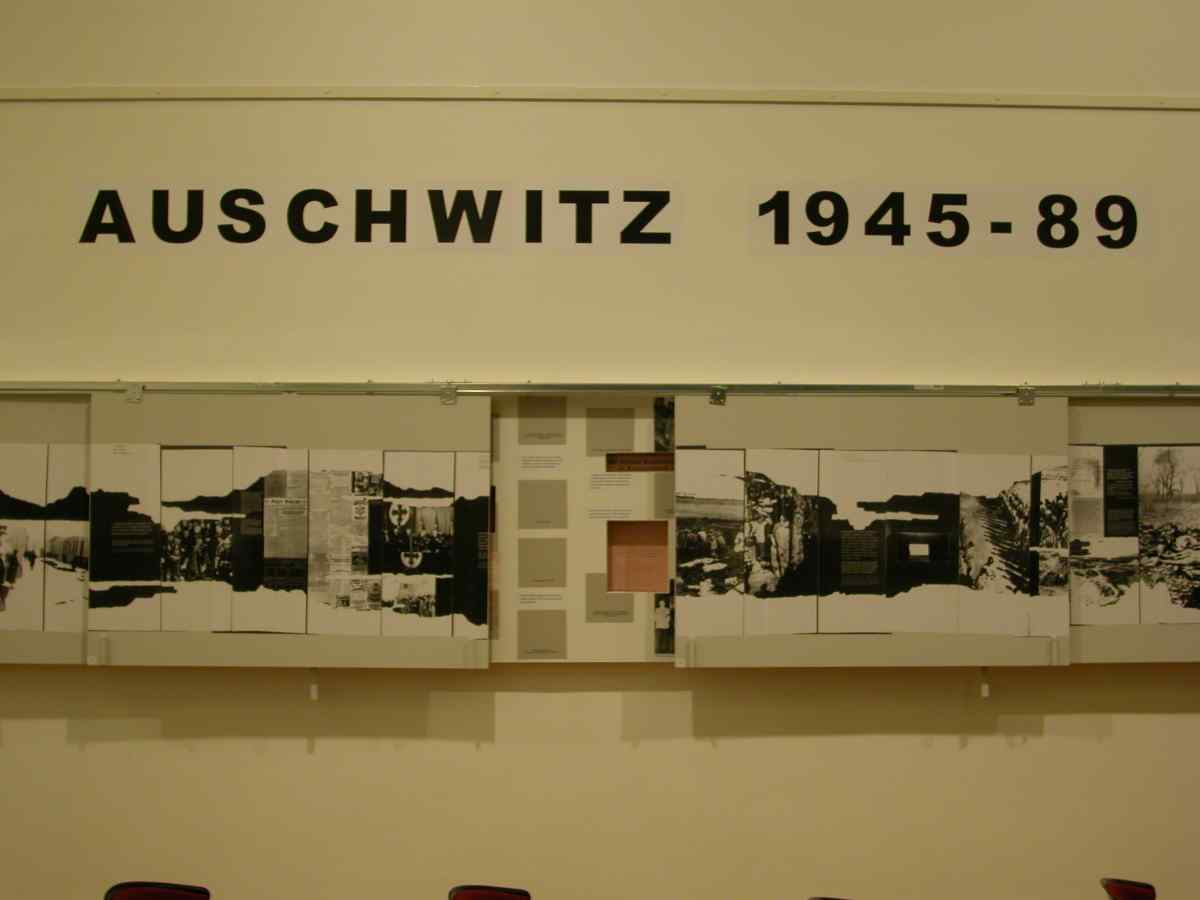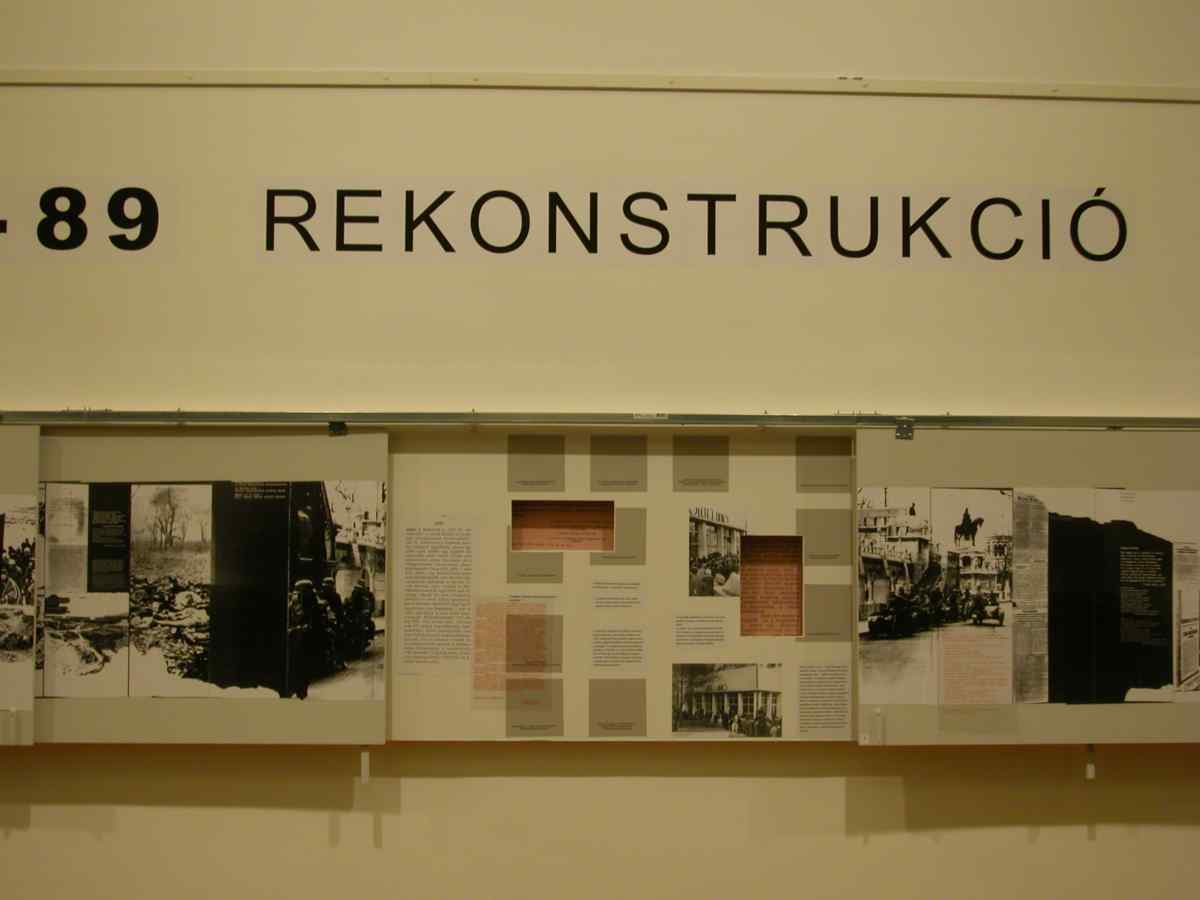Auschwitz 1945–1989
Reconstruction of the First Two Official Hungarian Auschwitz Exhibits



design: TAMÁSI Miklós
Állambiztonsági Iratok Történeti Levéltára / Historical Archives of the Hungarian State Security
Magyar Nemzeti Múzeum / Hungarian National Museum (HNM)
Magyar Nemzeti Múzeum – Történelmi Adattár / HNM – Historical Data Repository
Magyar Nemzeti Múzeum – Történelmi Fényképtár / HNM – Historical Photo Collection
Magyar Országos Levéltár / Hungarian National Archives
Magyar Zsidó Levéltár / Hungarian Jewish Archives
Országos Széchényi Könyvtár / National Széchenyi Library
Politikatörténeti Intézet Archívuma / Institute of Political History, Archives
BALAHÓ Zoltán, BALAJTHY Katalin, HALMI Lászlóné, Melissa HAGEMANN, JALSOVSZKY Katalin, KARSAI László, KOVÁCS András, KOVÁCS Tibor, NOVÁK Attila, NÁDASY László, RAJK Judit, RAJK László, SVÉD László, SZITA Szabolcs, SZUHAY Péter, TABAJDI Gábor, TAR Ábrahám, TORONYI Zsuzsa, TURÁN Róbert, UNGVÁRY Krisztián, VÁGI Zoltán, VARGA László, VÁMOS György
The Open Society Archives has arranged a series of programs on the occasion of the opening of the new Hungarian national exhibit, on the former site of the Auschwitz concentration camp. The opening of the Hungarian exhibit in Auschwitz coincides with the sixtieth anniversary of the beginning of the deportation of the Hungarian Jews, more than four hundred and thirty thousand of whom perished in Auschwitz, the epicenter of the Holocaust.
OSA has decided to reconstruct the first two official Hungarian Auschwitz exhibits, which opened on-site during the time of Communist rule in 1965 and 1980, respectively. The two exhibits, in line with the official historiography, retroactively replaced the Jewish inmates with communist anti-fascist resistors in the camps; the Jews had been killed in Auschwitz, and their traces were lost subsequently. The exhibition intends to reveal the secret the Communist presentations wanted to hide: the mutual fear, suspicion, paranoia, and the inability of the East-Central European societies to face their tragedy following World War II.